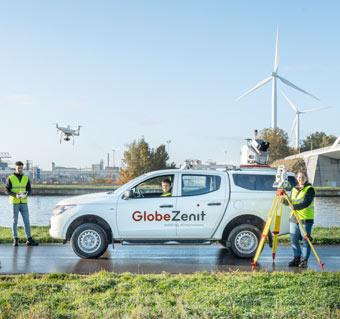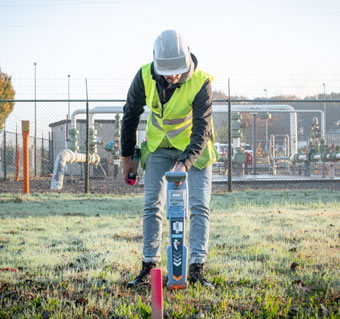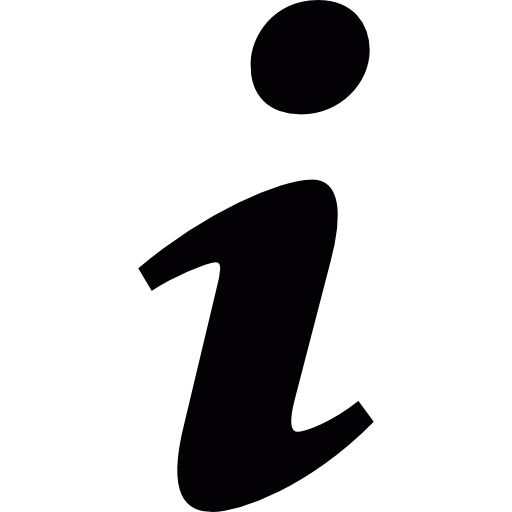

More info
tags: Scanning – Leveranciers Scanning – Bedrijven Scanning – Overzicht Scanning – Advies Scanning –
Wenst u meer info over blog over scan to cad kijk dan vlug op https://www.globezenit.be | Blog Over Scan To Cad
for human error in measurements. This leads to highly accurate 3D models, reducing the chances of errors and reworks during the manufacturing process. Additionally, this process also saves time as manual measurements are no longer required, allowing for faster design iterations and reducing the time to market.
Another advantage of Scan to CAD is its ability to capture intricate details of the object. Unlike traditional measuring methods, which may miss out on small details, 3D scanning captures every detail of the object, making it a more reliable representation. This is particularly useful in industries such as aerospace and medical, where even the smallest errors can have serious consequences.
Applications of Scan to CAD
Scan to CAD has a wide range of applications in various industries. It is commonly used in product design and development, reverse engineering, quality control, and rapid prototyping. For instance, in product design, 3D scanning can be used to replicate existing products or create digital models of new designs to test them before production. In reverse engineering, Scan to CAD can be used to create digital models of existing physical objects, eliminating the need for manual measurements.
Final Thoughts
In conclusion, Scan to CAD is a crucial process in modern manufacturing, providing highly accurate and detailed 3D models of physical objects. This technology has revolutionized the way products are designed and developed, saving time and improving accuracy. As the demand for precise and efficient manufacturing continues to rise, the use of Scan to CAD will only increase in the future. Embracing this technology can give manufacturers a competitive edge and ensure high-quality products that meet customer expectations.
Scanning Blog Over Scan To Cad
Introduction
In the world of manufacturing, precision is key. Every product needs to be designed with utmost accuracy to ensure its functionality and safety. This is where 3D modeling comes in, providing a digital representation of a physical object in a three-dimensional space. One of the methods used to create 3D models is Scan to CAD, which involves scanning a physical object and translating it into a digital model. Let´s dive deeper into this process and how it can benefit manufacturers.
What is Scan to CAD?
Scan to CAD (Computer-Aided Design) is a technique used to convert physical objects into a digital 3D model. It starts with scanning the object using 3D scanners, which capture its shape and dimensions with high precision. The scanned data is then processed and converted into a CAD format, which can be used for design and manufacturing purposes. This process eliminates the need for manual measurements and speeds up the design process significantly.
How does it work?
The first step in Scan to CAD is selecting the appropriate 3D scanning technology. There are different types of 3D scanners, including laser scanners, structured light scanners, and photogrammetry scanners, each with its own advantages and limitations. Once the object is scanned, the data is cleaned and prepared using software. This includes removing any noise or errors and aligning multiple scans together. The final step is to convert the data into a CAD format that can be used for designing and manufacturing.
Benefits of Scan to CAD
One of the main benefits of using Scan to CAD is its speed and accuracy. As the physical object is directly scanned, there is no room
Blog over scan to cad
!–StopPubText–>.
